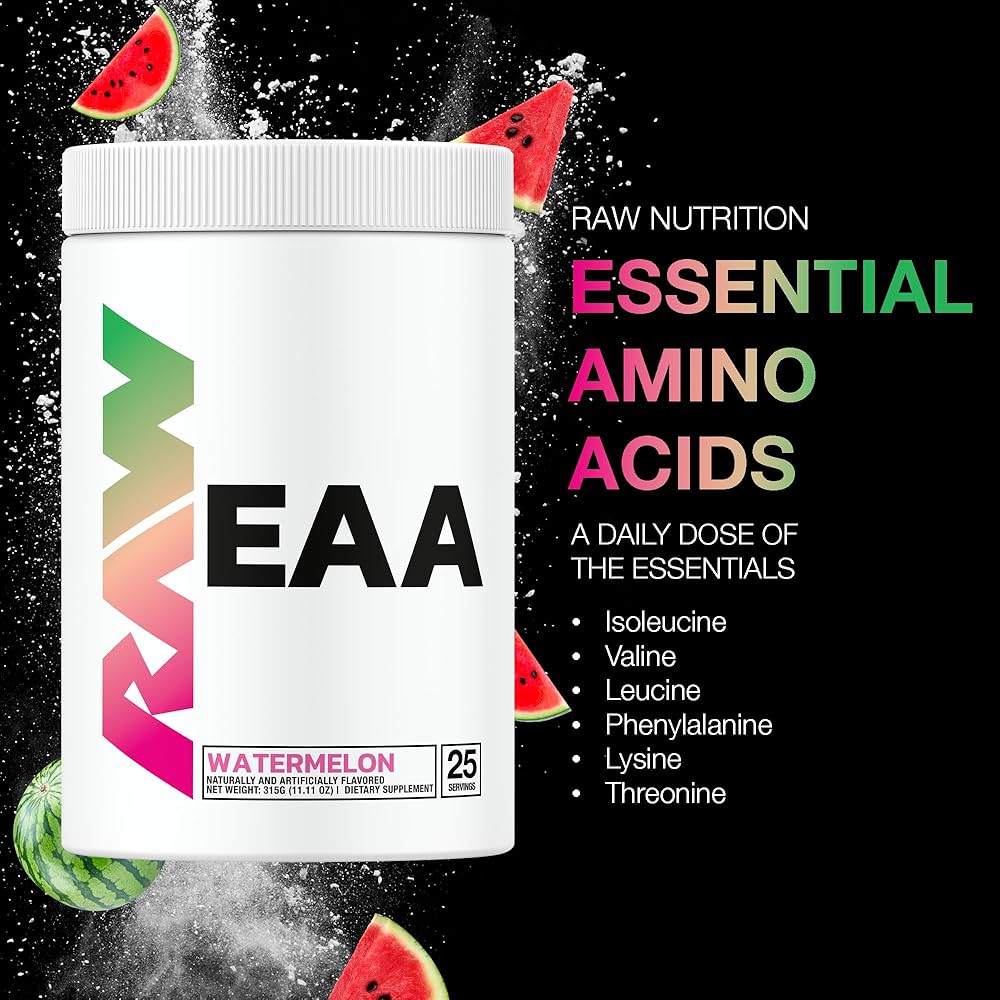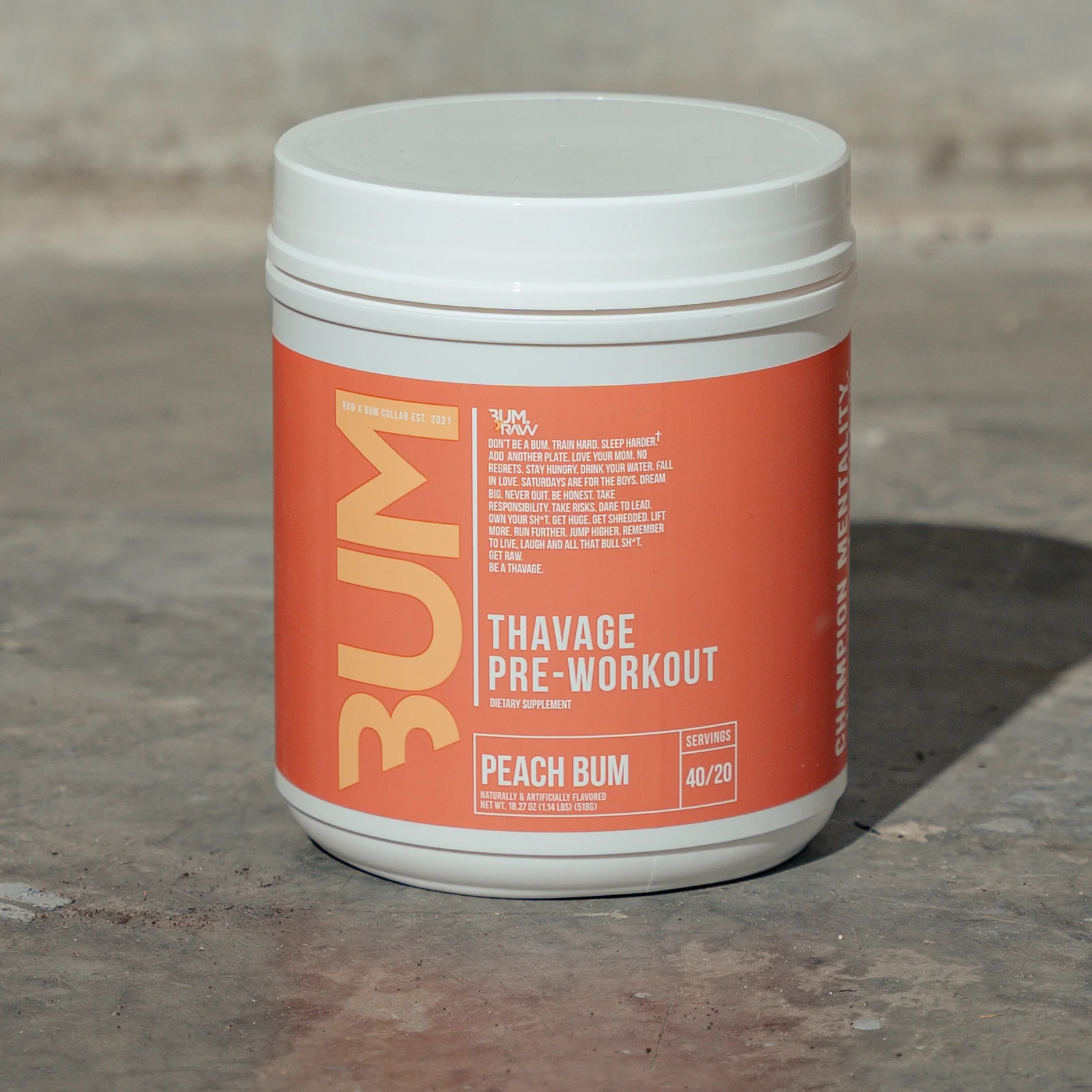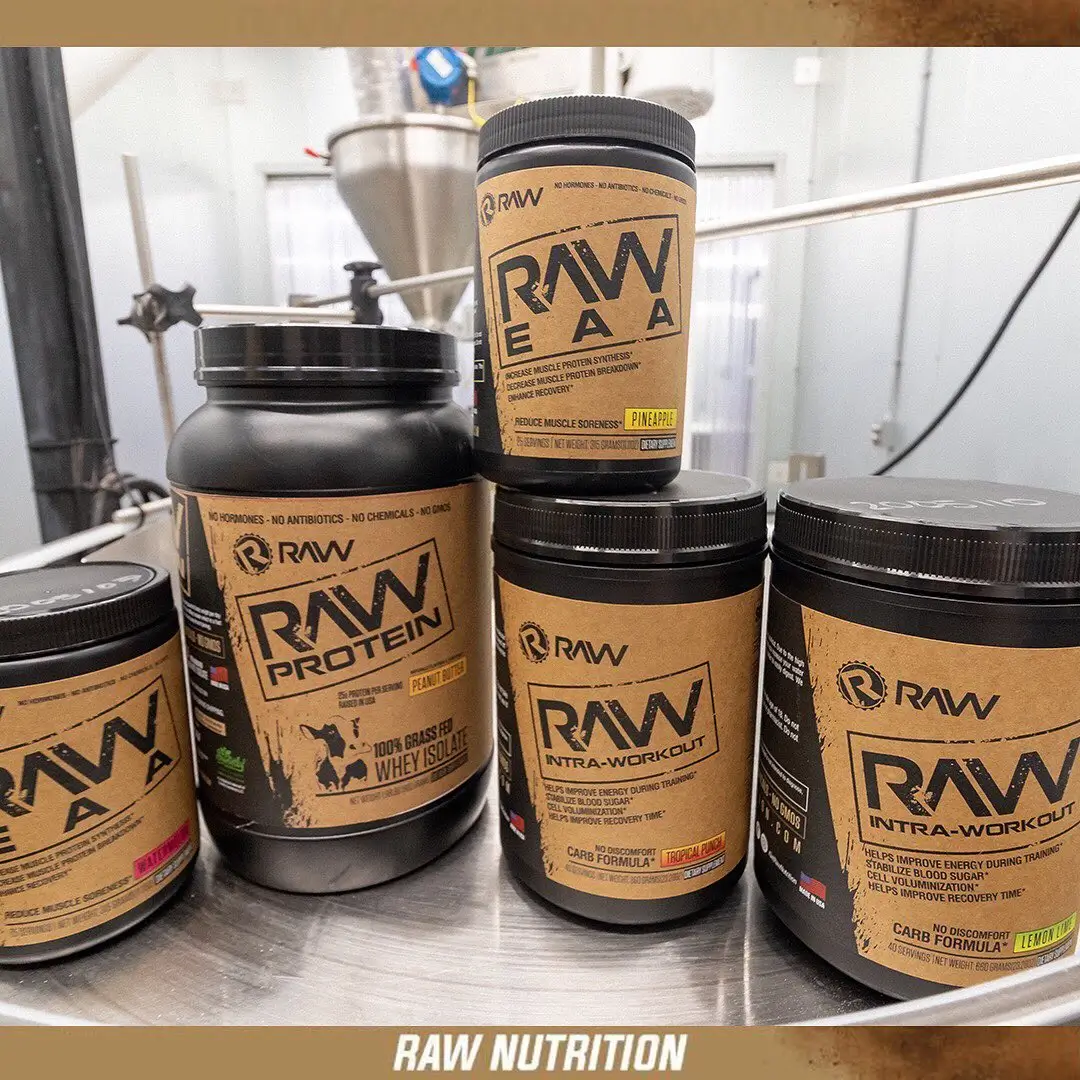
Understanding Essential Amino Acids (EAA): Their Benefits, Dietary Sources, and Importance in Health and Fitness
In the world of nutrition and fitness, Essential Amino Acids (EAA) are the unsung heroes that can significantly enhance your body’s performance, muscle growth, and overall health. But what exactly are EAA? Why are they vital for athletes, fitness enthusiasts, and health-conscious individuals alike? How do they stack up against their more famous counterparts, BCAAs? In this comprehensive guide, we’ll dive into the science and practical applications of EAA, breaking down their benefits, sources, and how to make them a crucial part of your daily nutrition.
What Are Essential Amino Acids (EAA)?
At their core, Essential Amino Acids are the building blocks of proteins. The body needs 20 different amino acids to function properly, but nine of these are classified as essential, meaning they cannot be produced by the body itself. You must obtain them through diet or essential amino acid supplements.
These nine essential amino acids are:
- Histidine
- Isoleucine
- Leucine
- Lysine
- Methionine
- Phenylalanine
- Threonine
- Tryptophan
- Valine
Together, these amino acids play a pivotal role in muscle recovery, protein synthesis, and overall health.
Benefits of Essential Amino Acids
1. Muscle Growth and Recovery
One of the most important roles EAA play is in muscle recovery and amino acids synthesis. After intense workouts, your muscles need to repair and grow. This process, known as protein synthesis, relies heavily on an adequate supply of essential amino acids. EAAs help to rebuild damaged muscle fibers, reduce muscle soreness, and improve overall recovery time.
Amino acid supplementation for athletes is becoming increasingly popular because it can speed up this recovery process, allowing for more frequent and intense training sessions.
2. Enhances Athletic Performance
Athletes and fitness enthusiasts use EAA supplements as part of their intra-workout and post-workout routines. EAAs not only aid in recovery but also enhance endurance and performance. Whether you're engaging in high-intensity interval training (HIIT) or endurance sports like long-distance running, the availability of amino acids ensures that your muscles have the fuel they need to keep pushing.
3. Supports Overall Health
Beyond fitness, EAA are crucial for general well-being. They play roles in hormone production, immune system function, and energy metabolism. For instance, Tryptophan, one of the essential amino acids, is a precursor to serotonin, the neurotransmitter that regulates mood and sleep.
Inadequate intake of essential amino acids can lead to compromised immune function, muscle loss, fatigue, and slower recovery from illness or exercise.
Essential Amino Acids vs. Branched-Chain Amino Acids (BCAAs)
The debate of EAA vs. BCAA is a popular one in fitness circles. BCAAs (Branched-Chain Amino Acids) are a subset of EAAs that include leucine, isoleucine, and valine. While BCAAs are particularly famous for their role in muscle metabolism and recovery, EAAs offer a more complete amino acid profile.
Key Differences:
- BCAAs are primarily beneficial for stimulating muscle protein synthesis, particularly due to leucine.
- EAA include not only BCAAs but all nine essential amino acids necessary for full protein synthesis.
If your goal is overall health, EAA provide a more well-rounded supplement because they include all the building blocks your body needs for complete protein synthesis. While BCAA may give you a quick performance boost, EAA offer long-term support for recovery, growth, and overall muscle health.
Best Dietary Sources of Essential Amino Acids
To ensure you're getting enough EAA, it’s important to include high-quality protein sources in your diet. The following foods are packed with essential amino acids:
- Meat (chicken, beef, turkey)
- Fish (salmon, tuna)
- Eggs
- Dairy products (milk, yogurt, cheese)
- Soy (tofu, tempeh)
- Quinoa
- Legumes (beans, lentils)
For those following plant-based diets, combining different plant proteins, like beans and rice, ensures you’re getting a complete profile of amino acids.
What About Supplements?
While diet is the best source for EAA, supplementation can be beneficial, especially for athletes or individuals with specific dietary restrictions. Essential amino acid supplements can come in powder or capsule form and are often included in intra-workout products to support endurance and recovery during intense physical activity.
Brands like Getrawz offer products like BUM Hydrate and Creatine that combine EAAs with other ingredients to fuel workouts and support recovery.
Role of Amino Acids in Fitness
For fitness enthusiasts, amino acids are essential. Here’s how they support key aspects of training:
- Improved Performance: Amino acids help delay fatigue, allowing for longer, more intense workouts.
- Faster Recovery: They repair muscle tissues, reducing soreness and downtime between workouts.
- Fat Loss: By promoting lean muscle mass, amino acids can help increase metabolism and support fat loss efforts.
Amino acid supplementation for athletes can be particularly beneficial for meeting higher protein demands and promoting recovery from intense physical activities.
Frequently Asked Questions (People Also Ask)
What do essential amino acids do for your body?
EAA are vital for protein synthesis, muscle recovery, immune function, and energy metabolism. They help the body repair tissues, produce hormones, and support overall health.
How do essential amino acids benefit muscle growth?
Essential amino acids are crucial for building and repairing muscle tissue. Without sufficient EAAs, the body cannot perform the protein synthesis needed to grow muscles after exercise.
What foods are high in essential amino acids?
Foods like meat, fish, eggs, dairy, quinoa, and soy are rich in essential amino acids. They provide a complete profile of all nine EAAs.
Are EAA supplements necessary for athletes?
While not strictly necessary, EAA supplements can help athletes meet the increased demand for protein, especially during periods of intense training. They aid in faster recovery and muscle growth.
What is the difference between EAA and BCAA?
EAA include all nine essential amino acids, while BCAA (branched-chain amino acids) only include three: leucine, isoleucine, and valine. EAAs are better for complete protein synthesis, whereas BCAAs primarily support muscle metabolism.
How many essential amino acids are there?
There are nine essential amino acids: histidine, isoleucine, leucine, lysine, methionine, phenylalanine, threonine, tryptophan, and valine.
Can you get all essential amino acids from a plant-based diet?
Yes, by combining different plant-based proteins like beans and grains, you can obtain all nine essential amino acids. Soy and quinoa are complete plant-based protein sources.
Conclusion
Incorporating Essential Amino Acids (EAA) into your daily diet or supplement routine can dramatically improve muscle recovery, performance, and overall health. Whether you’re an athlete seeking to maximize gains or a health-conscious individual aiming for balanced nutrition, ensuring adequate intake of EAA is essential.
Products like BUM Hydrate and other intra-workout solutions from Getrawz can help fuel your fitness journey by providing a convenient and effective way to meet your body’s amino acid needs.


Post Comment